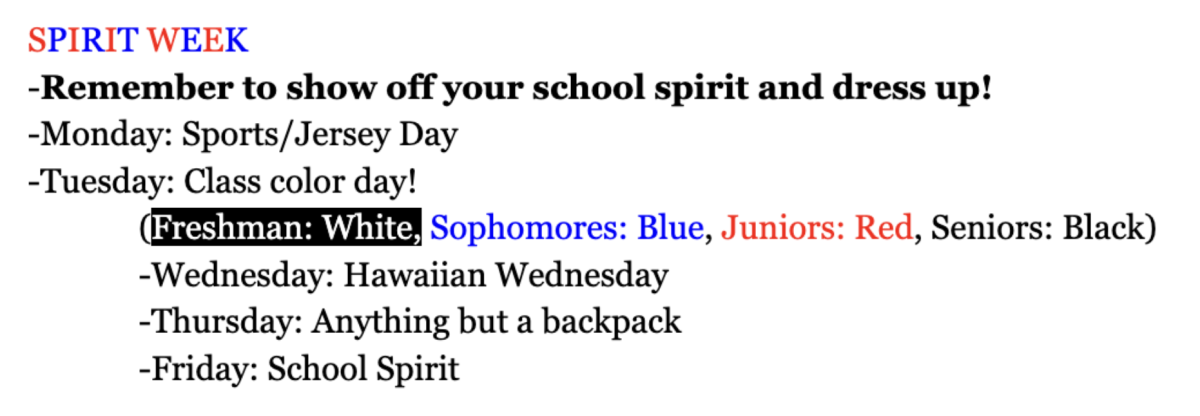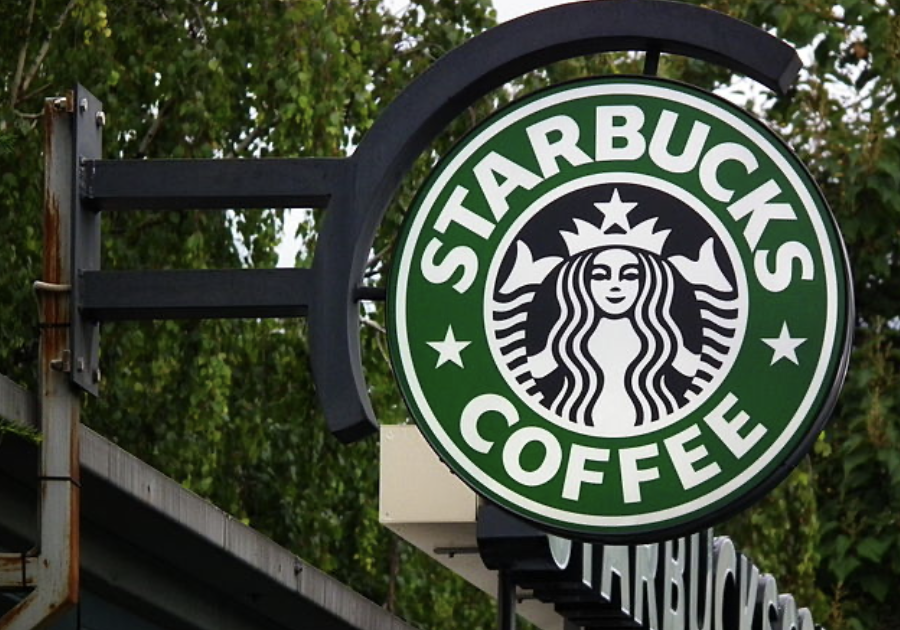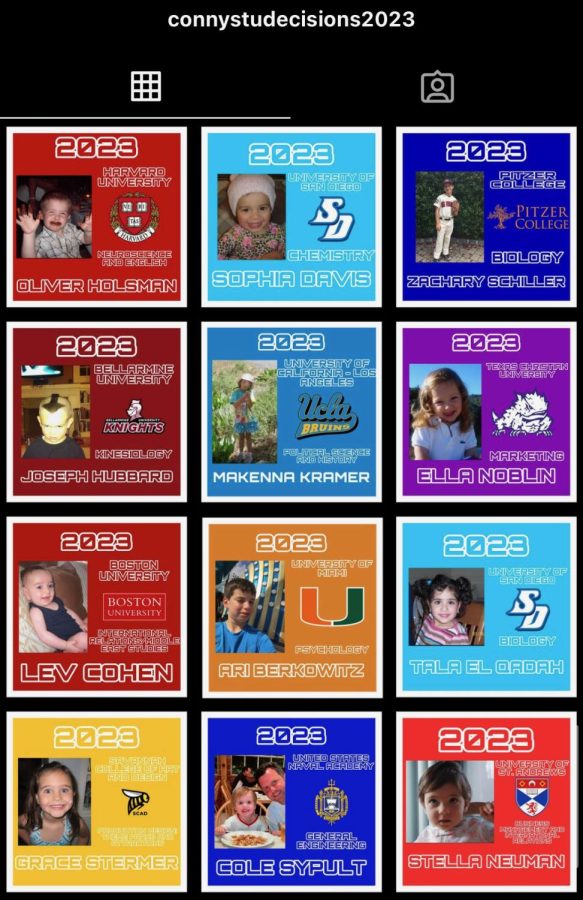Sara Kloepfer
A & E Editor
The bell rings, signifying not only lunch period but the mad rush of students racing to Fillmore Street to purchase their food. Junior Bridgette Hanley remains in the Center, taking out her brown paper bag.
“If you buy from the lunch line it’s usually $8 and just a sandwich at Mayflower [Market] costs at least $5,” said Hanley. “Anywhere less expensive is too far to walk to before class starts. Most of the time I bring a lunch just because it’s cheaper. I would rather spend that extra $20 a week on new clothes.”
Hanley is not the only teenager who should think wisely when it comes to spending.
In an economy that makes it difficult for teens to find available jobs, most rely on their parents for money and should learn how to handle it on their own.
“Sometimes [I’m responsible with my money], but sometimes I just spend it on anything,” said sophomore Solana Boboschi, who gets a monthly allowance from her parents. “I think that I have more money than I actually do, and then by the time the next allowance comes I have zero money left.”
Boboschi spends an average of $60-80 a week, most of it on clothes in addition to meals when she goes out with her friends. Trevor Brown, lead barista at Tully’s on Fillmore, says about a third of their customers are teenagers.

“They usually get milkshakes so it’s around $4-5,” said Brown. “We have lots of milk shake rushes when school gets out.”
Ashley, who does not want her last name published, works as a make-up artist at a popular store near school. She says the recession has caused a decrease in teenage shoppers, but one trend remains the same — teens are more likely to purchase something if they come in with a group.
“Sometimes when I go shopping with my friends I feel more inclined to buy stuff because we’re all shopping together,” said Hanley. “I know it’s a bad habit, so I try not to bring all my money with me when I go downtown so I don’t end up spending it all.”
When it comes to shopping, some teens resist the temptation of department stores in favor of saving.
“I’d rather pay for things that are cheaper than more expensive,” said junior Maya Sycip. “If there is a tank top at Neiman Marcus for $50 and then if there is a similar tank top at H&M or Forever 21 for $5, I would get it there instead.”
Knowing the balance between saving and spending is the biggest difficulty for most teens.
“I try and save somewhat, but if I really like something I’ll buy it,” said junior Shannon Smith. Smith puts half of her money into a savings account that her mother handles for her. When it comes to saving, some teens are already planning for the future.
“Every time I get money I put some aside to save for an emergency if I really need money,” said Sycip. “Usually I save it for college. Say we run out of money or something, I’ll use the money for college.”
In light of the recession, this approach begs the question whether to have a weekly Tully’s fix or a growing college fund.














